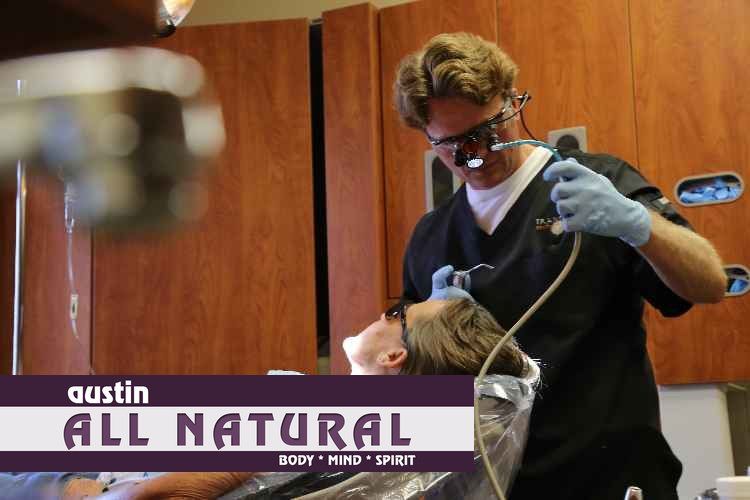New Patient
TDH OFfice • April 29, 2020
When calling for a new patient appointment, you will be asked if you have any prior lab-work or x-rays taken within the last six months. Your appointment will be approximately two hours and include a comprehensive exam, digital panoramic X-ray, and 4 digital bite-wing X-rays.
When you arrive, our dental assistants will take the panoramic X-ray. You will then meet with Dr. Carpenter for approximately 30 to 45 minutes. After your initial meeting with Dr. Carpenter, the dental assistants will take additional diagnostic images as well as the bite-wing X-rays. Dr. Carpenter will review the images with you, as well as perform a very thorough assessment of your current dental condition, and an oral cancer screening based on the findings from the comprehensive exam. Dr. Carpenter will then offer you dental and health recommendations based upon those findings.





